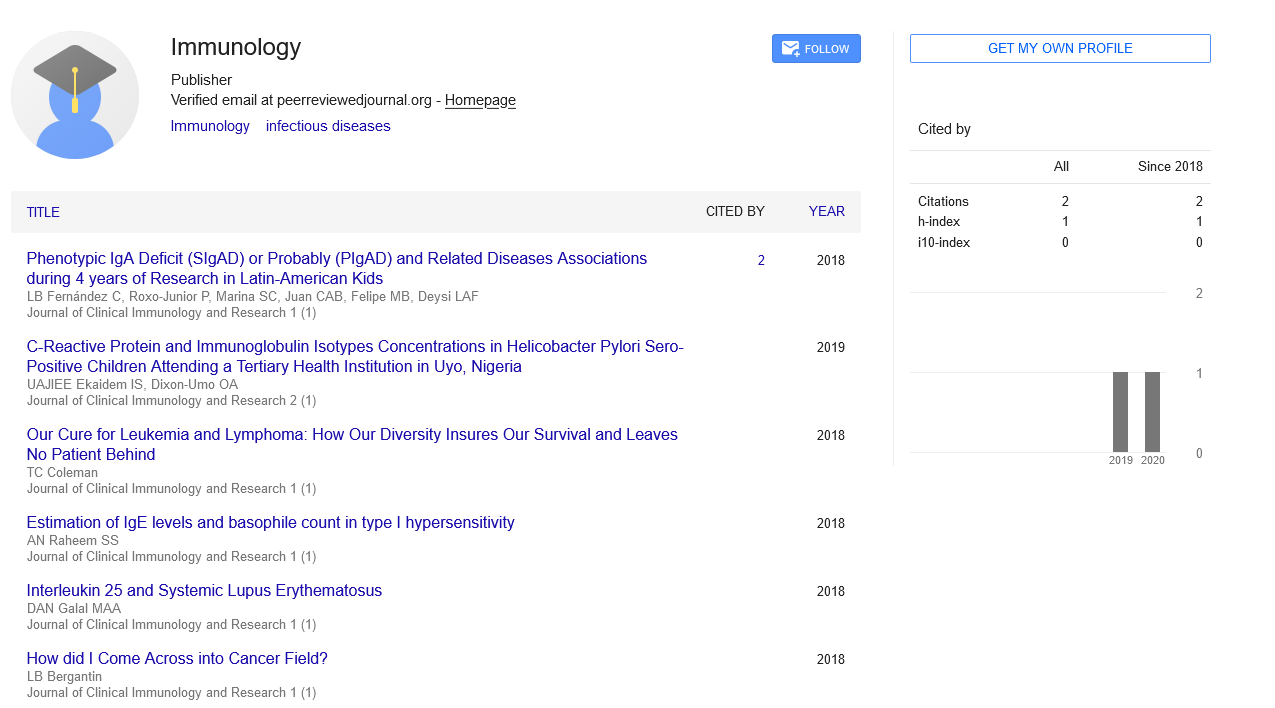Prognostic factors in metastatic melanoma patients on immunotherapy and targeted therapy
S Naderi-Azad, X Bai, D Frederick, T Sharova, B Michaud, G Boland and R Sullivan
Harvard Medical School, USA
: J Clin Immunol Res
Abstract
Introduction: Advanced melanoma involves metastasis to distant sites that is associated with poor long-term survival. The sites of survival include (A) subcutaneous tissue and soft tissue, (B) lungs, (C) bones and visceral organs, (D) brain and spinal cord (Fisher et al., 2012). Current treatment options for melanoma include interleukin 2, targeted therapy (BRAFi, MEKi) and immunotherapy (CTLA4 antibody, PD1/PDL1 antibody).
Objective: This study examines whether the serum lactate dehydrogenase level, metastatsis-stage, number of lesions, treatment line and age can be used as prognostic factors in metastatic melanoma patients on immunotherapy (IO) and targeted therapy (TT).
Methods: The prognosis was quantified using Kaplan- Meier survival curves for each of the five factors in TT and IO. This was done using two time variables; time on treatment, as well as overall survival.
Results: The results for TT show no significant correlation between either time on treatment and overall survival with regards to the five factors. One exception is the significant correlation between age and overall survival, indicating that the older patients (>60 years old) have lower overall survival compared to younger patients (=<60 years old). Similarly, for patients on IO, there is a significant correlation between age and time on treatment, as well as a correlation between m-stage and overall survival.
Discussion: The correlation between age and overall survival is supported by additional studies that have shown a trend for lower overall survival for older populations on TT. Furthermore, the results in this study are likely affected by chance due to the small sample size (n=25). Therefore, even though they indicate age as a prognostic factor for time on treatment and overall survival, further investigations will clarify the potential correlation between the other four factors and time variables.
Biography
E-mail: Naderi-Azad@gmail.com
 Spanish
Spanish  Chinese
Chinese  Russian
Russian  German
German  French
French  Japanese
Japanese  Portuguese
Portuguese  Hindi
Hindi 